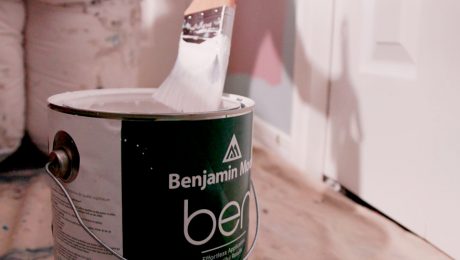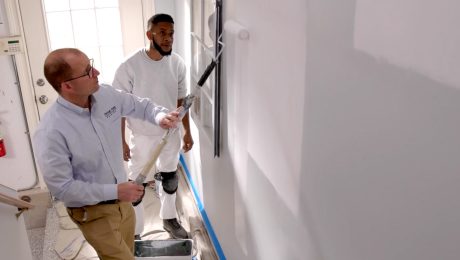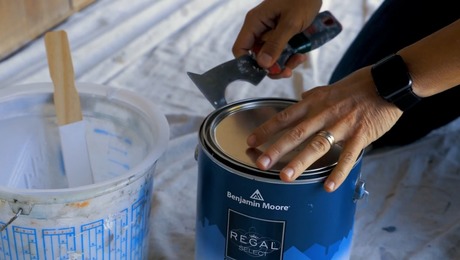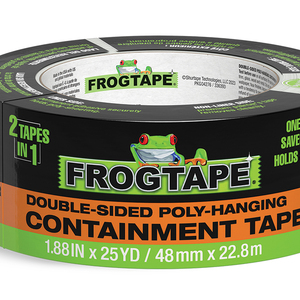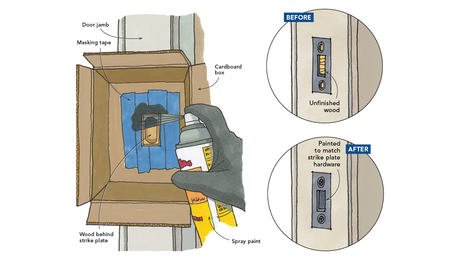How to Organize and Manage Painting Supplies
Use these best practices for ordering and storing paint and supplies to help save money and drive business at the same time.
Sponsored by Benjamin Moore
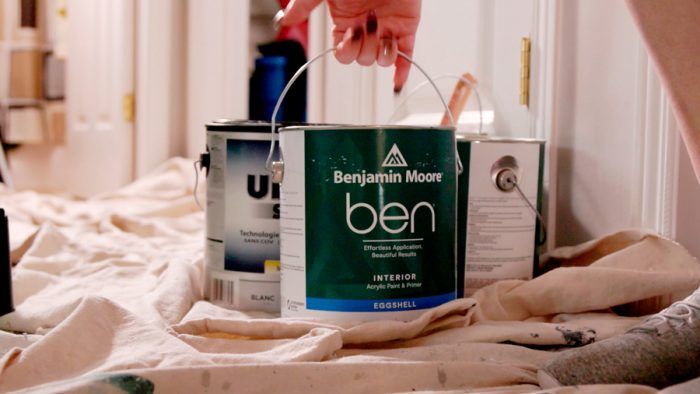
Organization is the key to efficiency. This is true for buying and ordering paint, supplying materials for your crew, and storing items to last. Having what you need when you need it is essential to gross profit. Just imagine the cost of not having the right grit sandpaper or running out of caulk. Every time you have to leave a job site for something you need is time you are not spending producing. Using simple checklists to make sure that you bring everything you need to a job site is a simple technique that will save you in the long run.
Store your supplies and equipment as organized as you can. In my experience, people who throw supplies into the back of their van because they don’t want to take time to organize tend to be less efficient than those who actually take the time to pack things away neatly.
 Ordering paint
Ordering paint
If you or your crew doesn’t know how much paint they need to order, all it takes is some simple math. Experienced veterans may be able to just shoot from the hip and judge from looking at a space, but that’s not recommended since the most expensive gallon of paint you’ll buy is the one that you didn’t need.
The best way to determine the amount of paint necessary is to measure the square footage of the room without ducting, windows, or doors, and divide that number by 300. That will give you a rough estimate of the number of gallons of paint needed per coat. Paint spread rates can vary, but for most conventional residential paint, this will get you close. If you’re simply not sure what spread rate to use, then order half the amount you think you need, check the spread rate, then order more.
Storing paint
Storing paint is pretty simple, but all too often it doesn’t seem to get done right. Make sure the lid is 100% sealed and label the color and which room the paint matches. Make sure the paint is not left where it could freeze or someplace that’s too wet or the can will rust. And when you’re leaving a can behind with a client, the best practice is to leave your company sticker on the paint can so the homeowner has your information for next time.
Everyone has their system and I find that it’s best to not stock any paint at the shop—I’ll order everything to the job site. The only paint I keep around the shop is leftover primer and a few stock whites that I frequently reuse. For my company George Apap Painting, ordering in bulk doesn’t pay because I don’t have a good system of allocating the cost of that bulk paint to each individual project. Knowing my material cost for each job is a very important metric for my company.
Buy the best equipment and train your people to care of it
If you properly clean your brushes and carefully store them in their covers, they will last through months of daily use. Conversely, an untrained crew may only get a few uses from the same brush if it’s not cared for correctly. This theory can be applied to ladders, sprayers, sanders, and all other tools and equipment. A crew that is trained (and motivated) to care will save the company a lot of money. The time spent on organization appears on the surface to be a money waster, but it is actually a huge money saver.
RELATED STORIES

